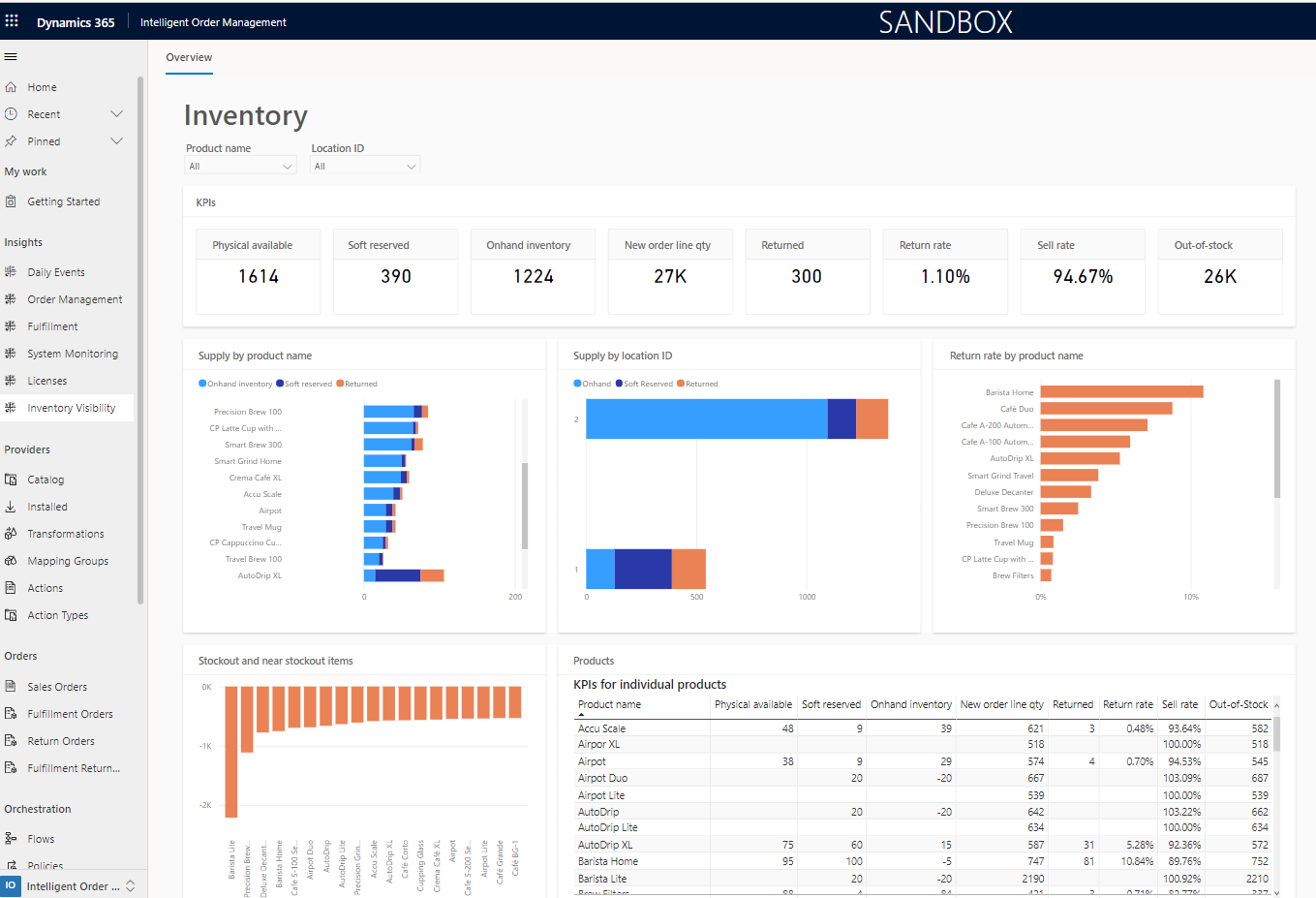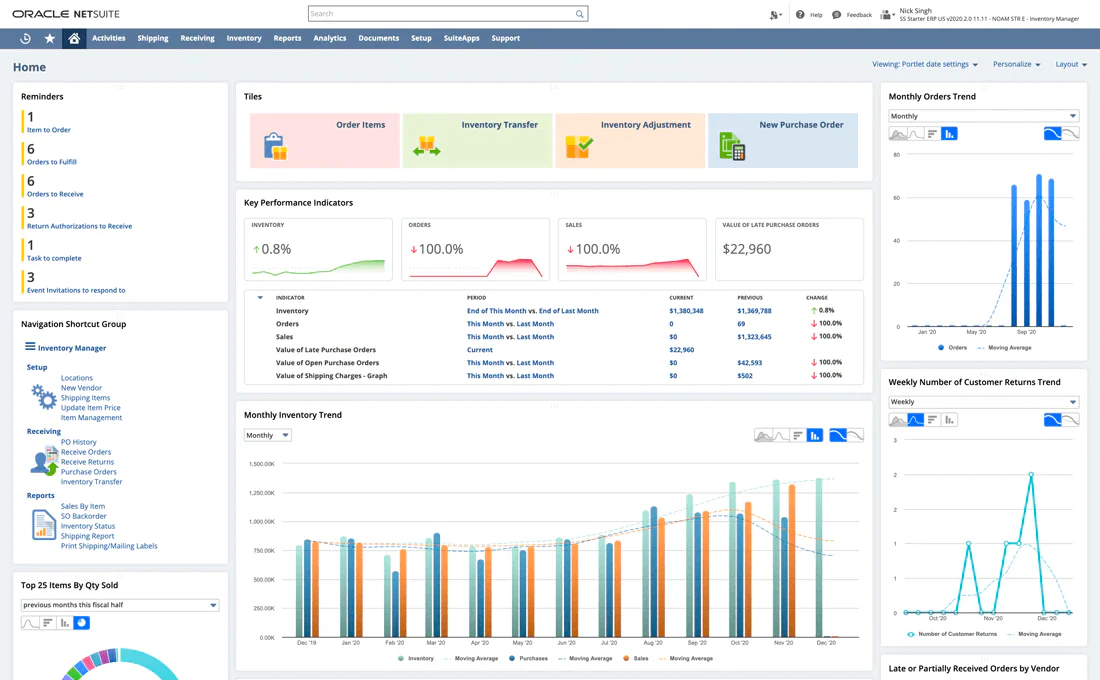
You have an e-commerce business with great product pages and marketing campaigns. Pretty cool. But is that enough?
An important aspect of running an e-commerce business is having control over your inventory and data. Businesses lose up to 11% of their annual revenue because of poor inventory management.
How seamlessly are your tools talking to each other or Otherwise, you just have a bunch of subscriptions running wild without getting anything meaningful
Inventory management can make or break your operational efficiency regardless of which platform you use. For instance, businesses that run an optimized inventory management system, have experienced a 30% increase in order fulfillment rates. That’s a very big improvement.
So, between Shopify vs. Magento inventory management, which system gives you better integration options and a real-time advantage? Let’s find out.
Why Inventory Management Matters More Than Ever

According to Statista, the e-commerce industry will surpass $8 trillion in sales by 2027 globally. This indicates rising demand and more orders, which will add to the complexity of managing stock across warehouses and channels.
Modern e-commerce need the following things when it comes to inventory management system -
- Real-time inventory management across all sales channels
- Multi-channel inventory sync on Amazon, eBay, social shops, POS
- Automation to prevent overselling and stockouts
- Integration with accounting, CRM, and marketing tools
Now, both Shopify and Magento offer different perks. But the point is the level of business complexity they cater to.
Why Shopify Inventory Management?

Back in 2023, Shopify powered 4.5 million live websites and its market share stands at 10.3%. Its popularity over the years is highly justified because of its user-friendliness.
Its inventory system follows the same philosophy as it was primarily designed for small to mid-sized businesses. Shopify simplifies stock tracking and sync across online and offline channels.
Key Shopify Integration Options
- Shopify POS (Point of Sale)
Syncs in-person and online orders automatically, ensuring stock accuracy across channels.
- Shopify Fulfillment Network
Automates storage, picking, packing, and delivery with real-time updates.
- Third-Party Apps:
Shopify integrates with top inventory tools such as TradeGecko (QuickBooks Commerce) and Stocky, which is Shopify’s in-house solution for forecasting and purchase order management
Advantages of Shopify Inventory Integrations
- Ease of Use
Setup and integration are fast with minimal technical knowledge required.
- Centralized Dashboard
Track orders, inventory, and fulfillment in one place.
- Multi-Channel Capabilities
Shopify automatically syncs inventory across your online store, POS, and connected marketplaces.
- Automation for Scale
Shopify’s real-time inventory management ensures instant updates whenever a sale is made.
The weird part is that people don’t realize how far automation has come when Shopify integration and inventory management.
Limitations
Shopify isn’t without flaws -
- Less flexible for custom workflows or multi-warehouse logistics.
- Limited open-source control compared to Magento.
- The cost of advanced apps can add up for high-volume sellers.
Why Magento Inventory Management?
Magento deep customization and enterprise-level flexibility. It's ideal for brands with complex supply chains or global operations.
Built-In Inventory Management (MSI)
Magento’s Multi-Source Inventory (MSI) system lets businesses manage stock across multiple warehouses, stores, or fulfillment centers in one place.
Integration Options for Magento
- ERP Systems (Enterprise Resource Planning)
Magento integrates seamlessly with ERP tools like SAP, NetSuite, and Microsoft Dynamics for advanced automation. - Warehouse Management Systems (WMS)
Tools like Zoho Inventory enable real-time inventory management and predictive restocking. - Custom APIs
Since Magento is open-source, developers can build custom inventory sync solutions for multi-channel platforms such as Amazon, Walmart, and eBay.
Benefits of Magento Integrations
- High Customization
Total control over stock workflows and automation triggers.
- Scalability
Perfect for enterprise-level operations managing thousands of SKUs.
- Advanced Analytics
Get predictive insights into demand and fulfillment.
- Seamless Multi-Channel Integration
Magento supports real-time syncing across regional warehouses and international stores.
Limitations
There are certain limitations of Magento as well -
- Requires technical expertise or a developer team.
- Setup and maintenance costs can be higher.
- Integrations may require manual configuration or custom coding.
Shopify vs. Magento Inventory Management: Head-to-Head Comparison

Before we dive into the comparison, if your priority is simplicity and automation, Shopify wins. But if your business demands custom workflows, scalability, and data control, Magento’s flexibility makes it the superior choice.
What Could Be A Better Approach?
Interestingly, some global brands use Shopify for D2C (direct-to-consumer) and Magento for B2B operations. Meaning they go for a hybrid approach combining Shopify and Magento data.
Shopify integration tools like Markopolo and Zapier allow data exchange between Shopify and Magento, ensuring consistent multi-channel inventory sync and real-time visibility.
Platforms like Markopolo also enhance this with AI-driven insights, enabling predictive analytics for restocking, campaign planning, and demand forecasting.
Final Thoughts
Regardless of the winner, the answer to complexities is real-time inventory management. 39% of small businesses in the US, the largest economy in the world, still rely on manual ways to track inventory.
When comparing Shopify vs. Magento inventory management, there’s no one-size-fits-all answer.
- Shopify is ideal for merchants who prioritize ease, automation, and quick setup.
- Magento is the go-to for businesses needing deep customization, complex logistics, and advanced scalability.
So, you don’t have to stay stuck on Shopify vs. Magento inventory management because the key is integration regardless of the platform.
For more updates, stay tuned!
FAQs on Shopify vs Magento Inventory Management
Q1. Which platform is better for multi-channel inventory sync?
Shopify offers easier native integrations, but Magento supports more complex and customizable sync options for enterprises.
Q2. Can Shopify and Magento be used together?
Yes, many brands integrate both using middleware tools like Markopolo or Zapier for unified data and fulfillment visibility.
Q3. How does real-time inventory management benefit ecommerce businesses?
It prevents overselling, improves customer satisfaction, and optimizes reorder timing to reduce storage costs.
Q4. What are some top inventory management apps for Shopify?
Popular tools include Stocky, Cin7, and QuickBooks Commerce for automation and analytics.
Q5. Is Magento better for large-scale ecommerce businesses?
Yes. Magento’s flexibility and open-source framework make it ideal for enterprises managing large product catalogs or multiple warehouses.







.jpg)
.png)
.jpg)



